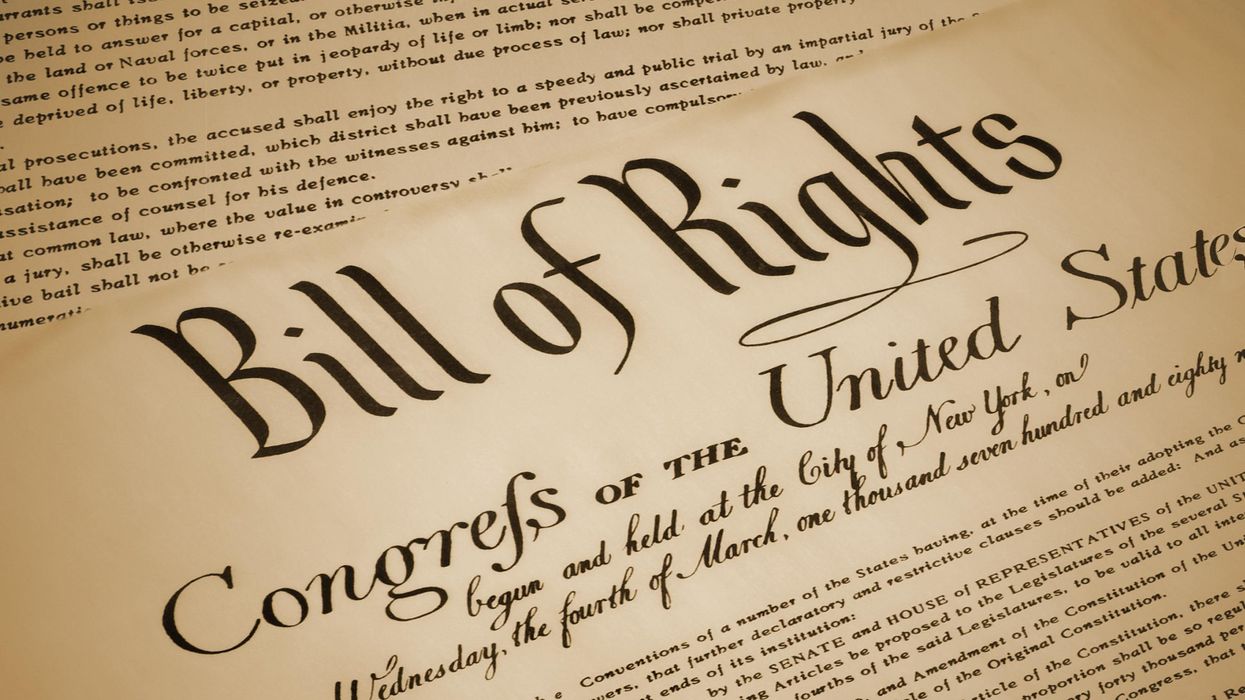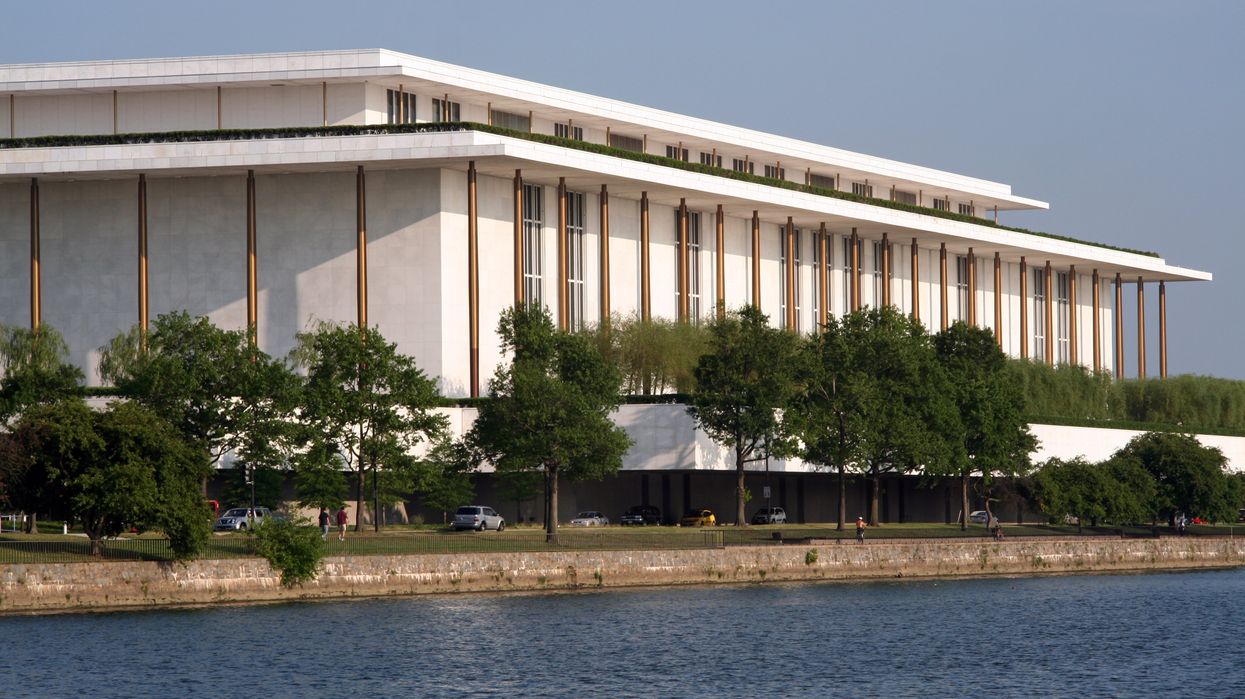Part IV: Bills of Rights
We return to our experiment in using AI-generated constitutions to better appreciate the perspectives of America’s seven living generations. But in this essay, we start with a political shockwave. Zohran Mamdani’s stunning victory in the New York City mayoral primary is a bellwether. Not of the rise of Democratic Socialism. Not even of the demise—or revival—of the Democratic Party. No, Mamdani’s triumph against more centrist, resourced, and established politicians is a sign of the growing power of young voices. New voters turned out in droves for the exciting, popular, fresh-faced Muslim-American. If there is any firm takeaway from the electoral upset in the Big Apple, it is that Gen Z has arrived on the political scene. Americans had better take notice.
Gen Z (those born between 1995-2012) are the first “digital natives.” That sets them apart. Members of this generation have literally grown up with a computer at their fingertips, a smartphone in their hands, and a social media personality ready for shaping. TikTok is their language; LinkedIn is their rolodex.
That digital ease is evident in the Gen Z Constitution. It is especially evident in its Bill of Rights.
“Access to the internet is a human right,” begins Article I of the Gen Z Constitution. “Data privacy, encryption, and control over personal information should be [constitutionally] protected.” Is internet access a human right? Is data privacy constitutionally protected? These safeguards seem odd juxtaposed with the more conventional right to counsel and right to free exercise, but they reflect the priorities of younger citizens. Accelerated by the pandemic and the massive disruption to traditional institutions (schools, most obviously), younger generations are calling for more fulsome digital freedom and more reliable privacy protections. Young Americans have had their entire lives documented and stored online. Their data is being sold—daily if not hourly. Is it any surprise they want more constitutional protections in the digital and technological space?
That’s logical. Constitutions are supposed to reflect the deepest urgencies of a generation, Jefferson said.
Other generational constitutions reflect different priorities. In fact, the evolution of constitutionally protected freedoms in the seven constitutions we generated through ChatGPT follows the same pattern we’ve noticed in other parts of the texts. The early generations—Greatest (1901-1924) and Silent (1925-1945)—prefer to itemize the more typical or tried-and-true freedoms of the eighteenth- and nineteenth-centuries: freedom of speech, freedom of religion, fundamental protections of the rights of the accused, equal protection. But by the time the later generations arrive, those familiar rights are accompanied by ones that James Madison would not recognize.
Fundamental protections for the environment, for instance, begin to appear in the Baby Boomer (1946-1964) Constitution. Baby Boomers were the first to turn their gaze from (still) critical conservation projects to more activist and social justice efforts. Environmental rights protections persist into the Gen X (1965-1979) Constitution. “Each person has the right to a clean and sustainable environment,” the Gen X charter declares, “the government shall act as steward, not exploiter, of natural resources.”
Similar language shows up in the Millennial (1980-1994) Constitution, but here, the right is expanded to include a direct charge to the government to “take active steps to combat climate change, protect natural resources, and promote clean energy.” Environmental justice finds substantial protection in the Millennial text as well.
And then there are gun rights.
Each generational constitution is careful to safeguard the fundamental right to bear arms. The core freedom to “own, possess, and carry” firearms is evident in all seven, but the degree of restriction or regulation increases with the more recent constitutions. The Greatest Generation’s charter includes gun control directives that are “narrowly focused,” mirroring the generation’s belief in civic responsibility and its defining character as heroic liberator. The Millennial and Gen Z texts, no doubt reflecting the increased frequency of mass shootings, enumerate far more restrictive measures. Background checks, licensing guidelines, training expectations, mental health screenings, and age restrictions prominently appear in these, later constitutional documents. ChatGPT shows how important the right to bear arms remains today.
Another critically important feature of the seven constitutions is that the younger constitutional texts prefer to articulate freedoms in positive terms, as guarantees, rather than in negative terms, as limitations on the power of government bodies.
What do we mean? America’s Bill of Rights showcases a style of legal language in which rights are described as checks on governmental authority. Judge Richard Posner explains: “Our Constitution is a charter of negative rather than positive liberties…The men who wrote the Bill of Rights were not concerned that Government would do too little for the people but that it might do too much to them” (emphasis added).
Take the First Amendment. “Congress shall make no law…abridging the freedom of speech” is written as a prohibition—Congress cannot curtail the freedom—and not as an affirmative grant of liberty. That would look something like the Alpha Constitution’s equivalent to the First Amendment: “Every individual has the right to speak, think, and express themselves freely.”
Or the Alpha Constitution’s positive grant of essential human needs. “Every citizen shall have access to basic necessities, including education that adapts to the needs of a changing world; healthcare that focuses on prevention, mental health, and holistic well-being; clean water, fresh air, and a stable climate; [and] a safe and just society where equity is actively pursued.”
The shift in language from the negative rights of older constitutions to the positive rights of younger ones indicates an evolving perception of constitutional documents as instruments for fulfilling promises. Striving for “a more perfect union,” Gen Z’ers and Alphas seem to be saying, requires energy, an affirmative pledge on the part of government to deliver freedom and not just protect it.
At 33, Zohran Mamdani is a late Millennial. Doubtless, his generation’s constitution is not quite as progressive as he’d like, but it still reflects a number of his priorities. Will he, at some point, call for comprehensive constitutional reform? Will his legions of new voters? Will those Gen Z’ers, Millennials, and Gen X’ers who see Mamdani as a refreshing alternative to the old political guard demand real constitutional change? Put another way, does his victory, and the ideas enumerated in these varying generational constitutions, beckon a readiness to update the Constitution? Maybe. Hopefully.
If so, we’re in for an interesting ride. Buckle up, New York. Buckle up, America.
Beau Breslin is the Joseph C. Palamountain Jr. Chair in Government at Skidmore College.
Prairie Gunnels just successfully and with honors completed her first year at Skidmore.
SUGGESTION:
Part I: Introduction
Part II: Preambles
Part III: Institutions
Democracy in Action: May Retrospective
Beau spoke about the new series he's leading in the Fulcrum called “Following Jefferson: Promoting Inter-generational Understanding through Constitution-making.” "Thomas Jefferson thought that constitutions should be rewritten every generation," said Beau. "Which for him meant every 19 years, we ought to metaphorically go back to Philadelphia and rewrite the Constitution."
- YouTube www.youtube.com































